吴东民,号半坡,字美教,丙申七月降海南之地。其书艺五体皆通,篆隶楷行草并举,根基深厚,力透纸背。楷书师法北碑,尤取《张猛龙》、《爨龙颜》之法,参以魏墓志清逸之气,结体沉稳而不失峭劲,气韵兼具。篆隶取金文、汉碑古韵,法度森严,气象恢弘,非徒守古,融草化与变形于其中,古意清然,时代气息并存,观之则古今交映。

东民性嗜古艺,志守传统,复不泥于陈迹。每作书,意在承古而开今,贯通时势与文化脉动,求得气象万千之境。其常言,中华文化如大江长流,精神血脉相传不息,然须随时革新,方能与时并行。艺从生活而生,传统文化之蕴,自当于今世再燃光辉。怀使命于心,东民常观时局,随时代而动,根植于民,孜孜艺事,以期作品既涵厚重之气,亦具时代之韵,化笔墨为心志,见精神于作品,传承与革新,皆在妙运之间。
吴东民久涉艺海,潜心书道,承古融今,妙意自生。其所追者,非止于形迹笔墨之间,而在于书道能随风化雨,润物无声,化人心志,启人深思。于斯境中,既得古法之神韵,亦含正气清风,欲以笔墨寄怀,既承文化脉流,复启精神之源,默化世人,提振风雅之士心神。继承与化新之理,东民深谙其中玄机。书道本重个性,须立书家之心于纸端,气骨于字里,方为正道。其早岁取法“二王”,颜柳遗风,参以石刻碑碣,碑志之妙,兼收并蓄。古法虽承,然其自成章法,个性独见。其作,肃穆庄重,儒风深厚,内藏古圣之威仪,外现儒家之仁雅。近岁更求合时宜,与世偕行,融当代之气象,然古意不衰,风骨愈显。于斯,既传古韵于今朝,亦展今世之广博与襟怀,风流自成,气象万千。
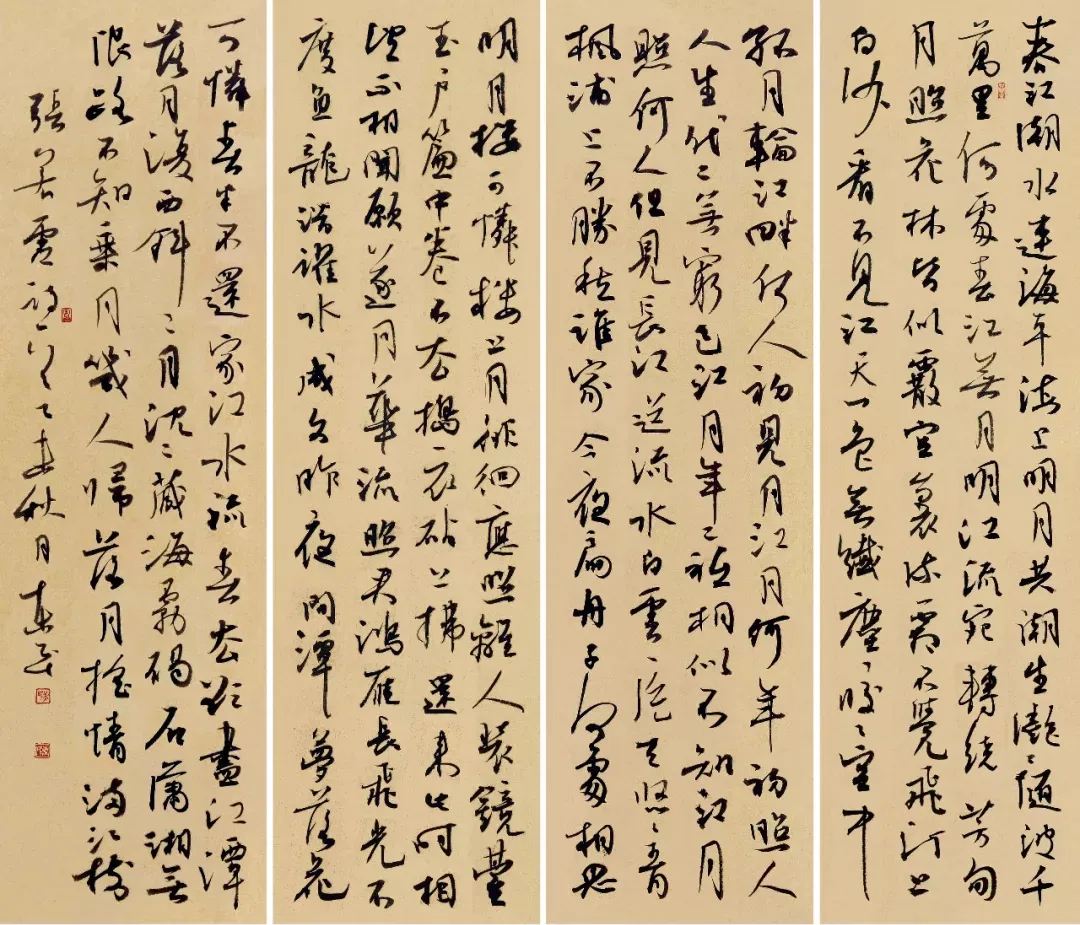
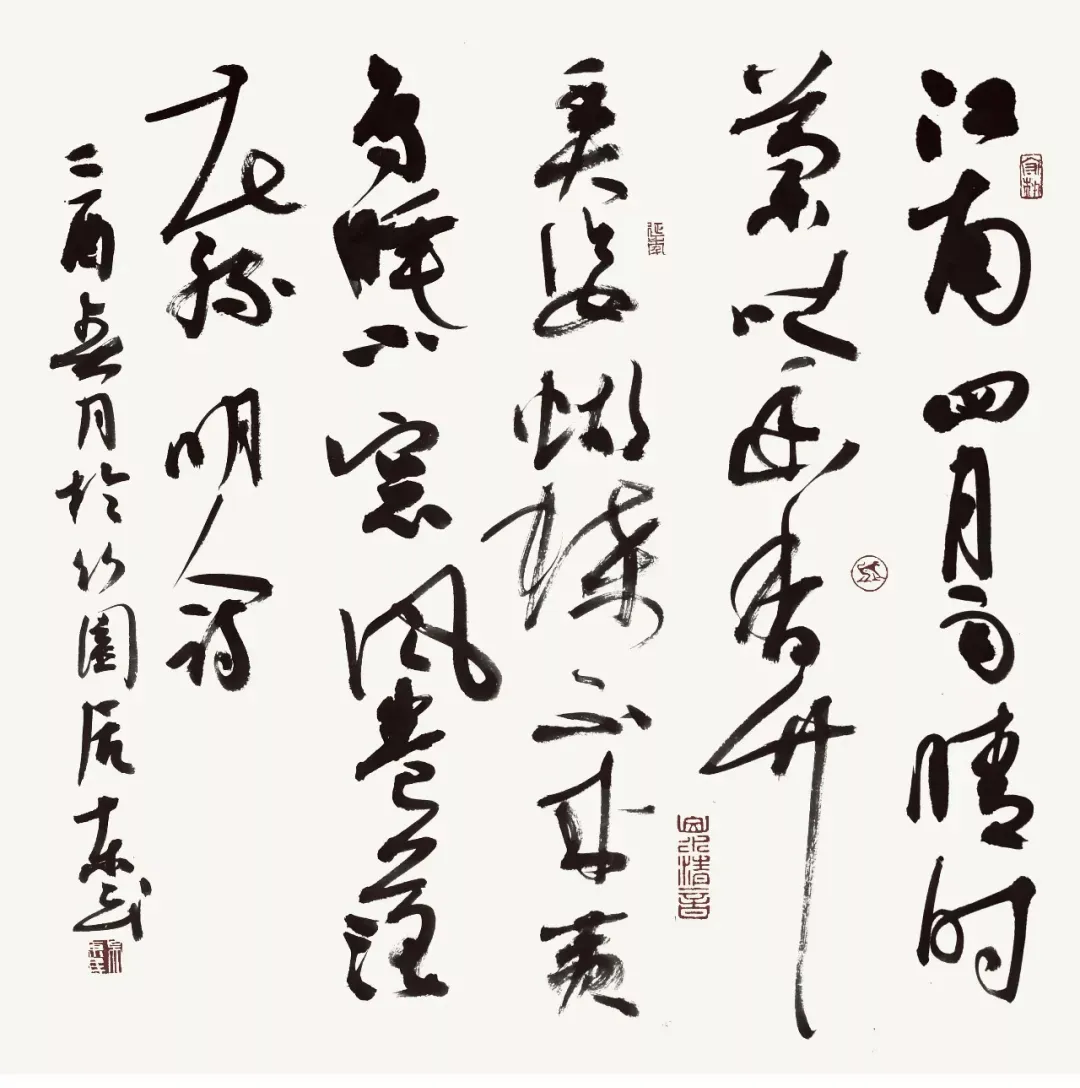


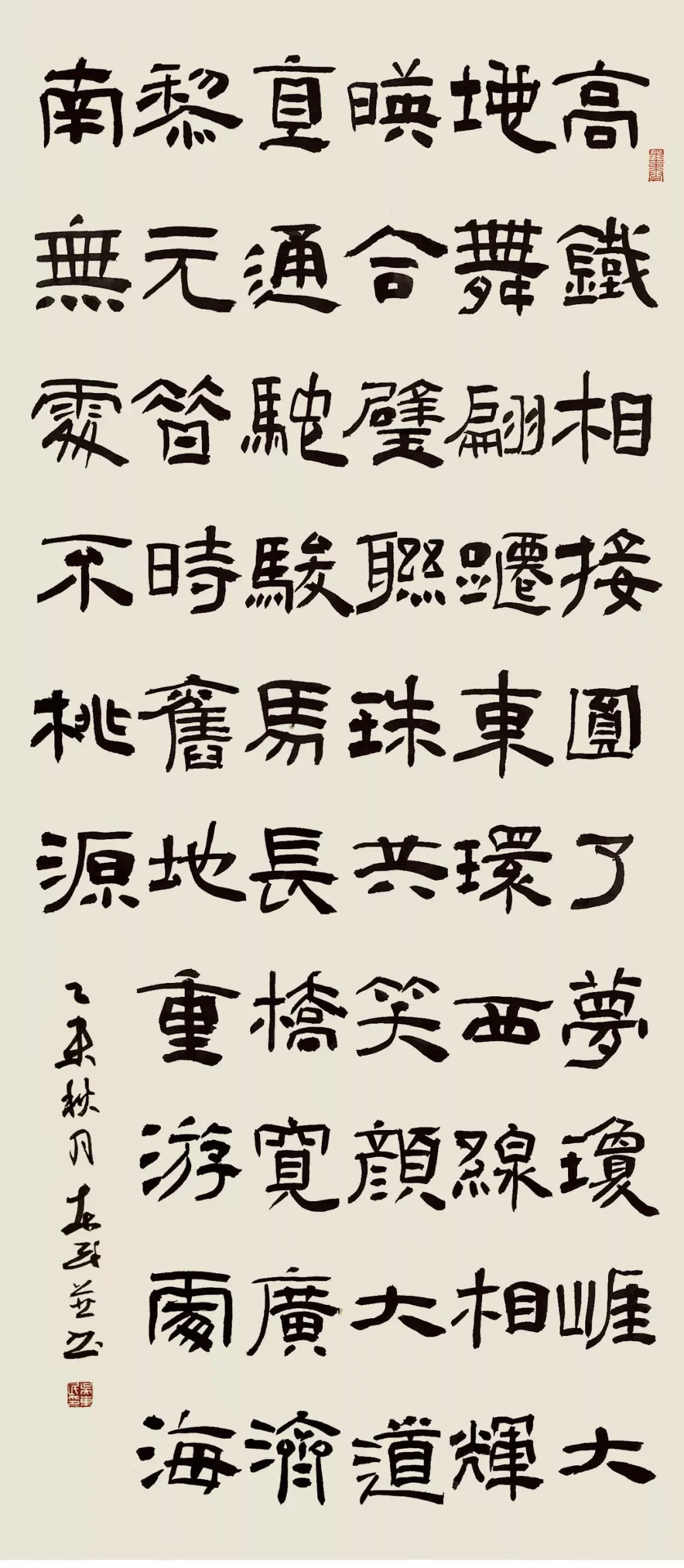
吴东民于“笔墨随时代”之理,心领神会。书道非独为胸臆之抒发,亦当承载世风之象。数千年间,书艺历朝流转,传承华夏文脉,既为记史留言,亦为承续古今。值当今盛世,书法更应入世,寓繁荣于墨间,映昌明于纸上,笔底千钧,启人深思,润人心灵,涵养文明气象。观东民之作,草书为多,字势奔腾,气脉通达,文人风雅自见,涵传统底蕴而不拘于形。其草书深含韵致,静中有动,尤显雅怀与深思,书道之中,意趣横生,正因其心有定见,故能立于众间而卓然成风。
东民于育人之事,尤为倾力,常以后学为念,广施教化,冀书道后继有源。书艺可使少年通古今之道,启鉴赏之智,深思理之妙。于是,设教讲坛,广育英才,海南书坛新气屡生。东民望其学子,承古法,融己意,立艺于时代之上,展风骨而成自我之境。
细观吴东民近年之作,隐晋风之韵,时代气象亦藏其中。字势婉转,秀润雅逸,结体典雅,然奇趣暗生,晋人韵致之中,微妙变化自见,笔法灵动而多变,古意与今风相融,浑然一体。于其中,恍惚见其执笔,心意通达,笔下流转,稳健中隐激昂,静穆中藏妙悟,步步为营,佳构渐成,气象万千。
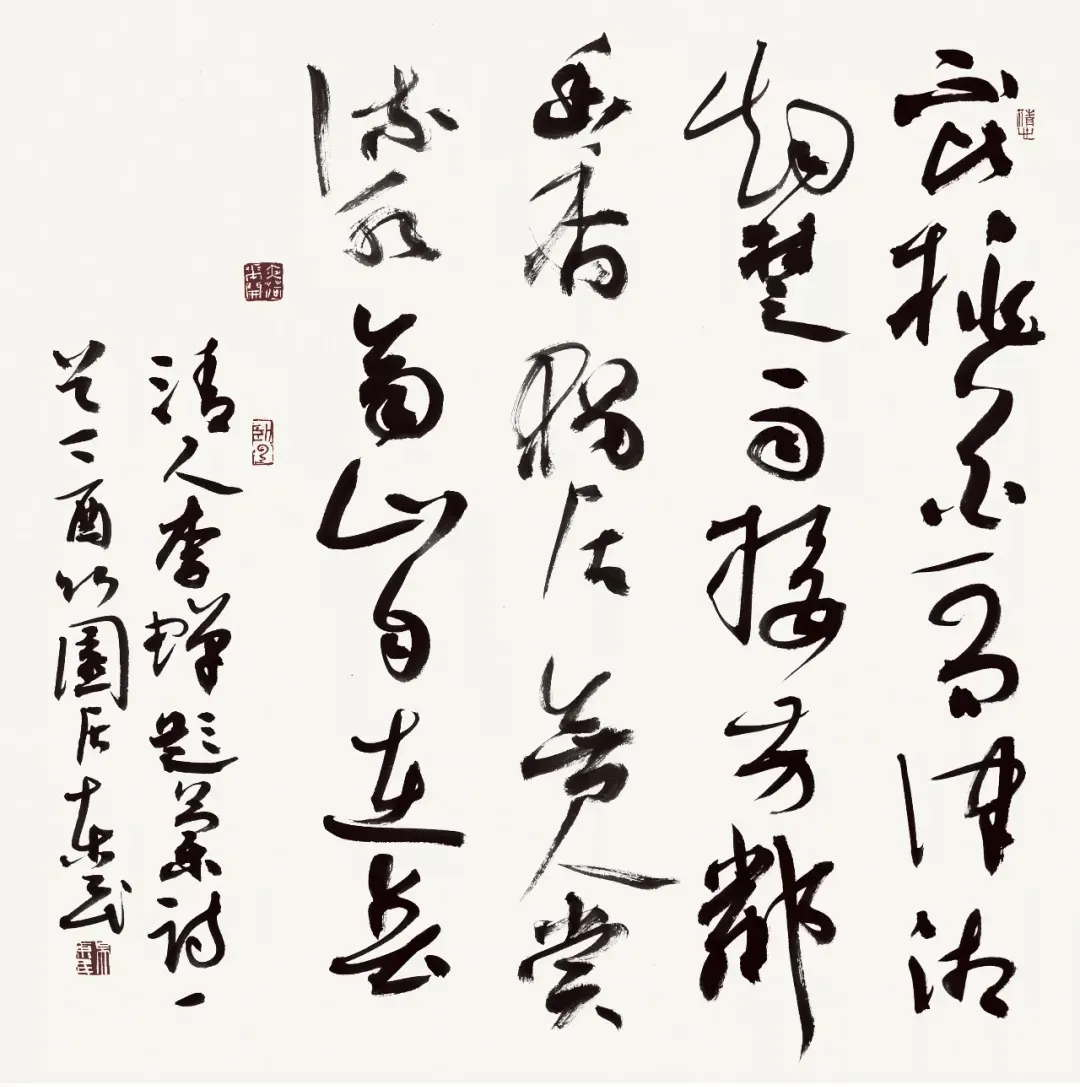
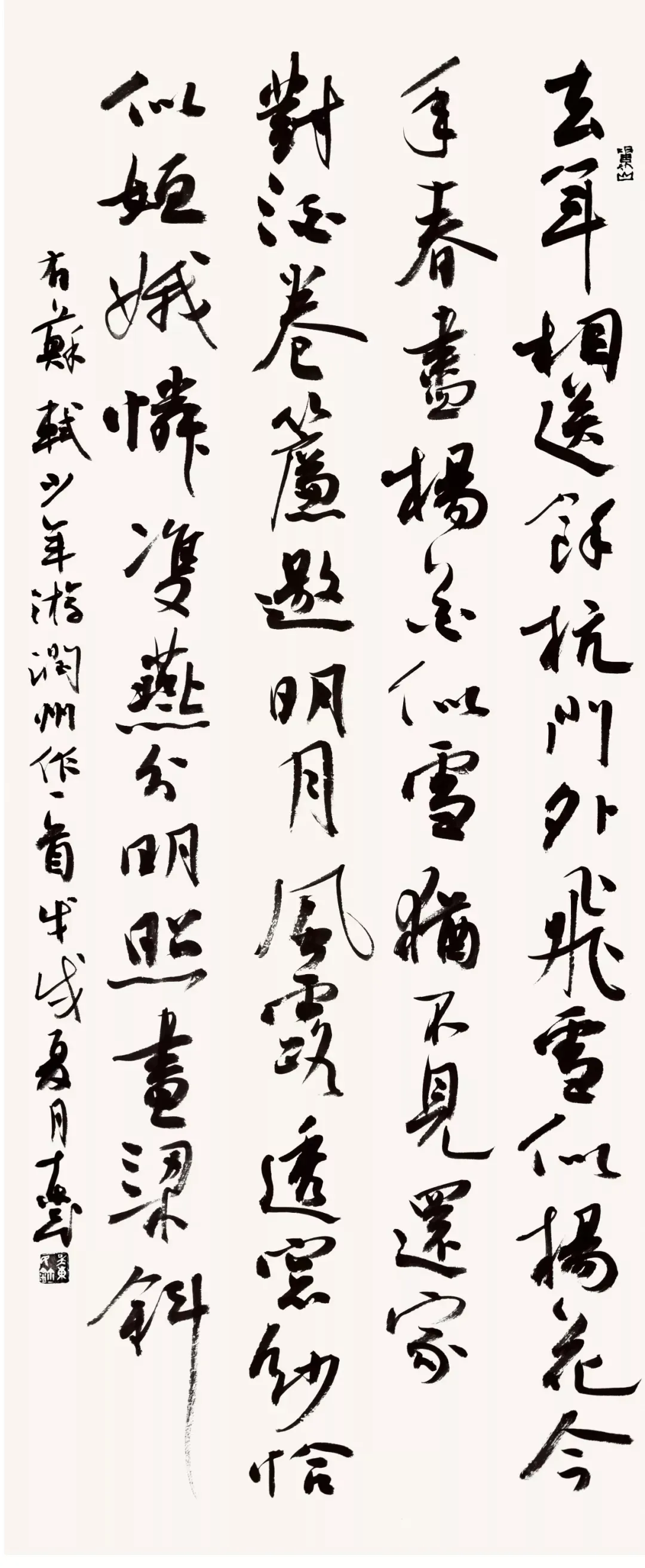
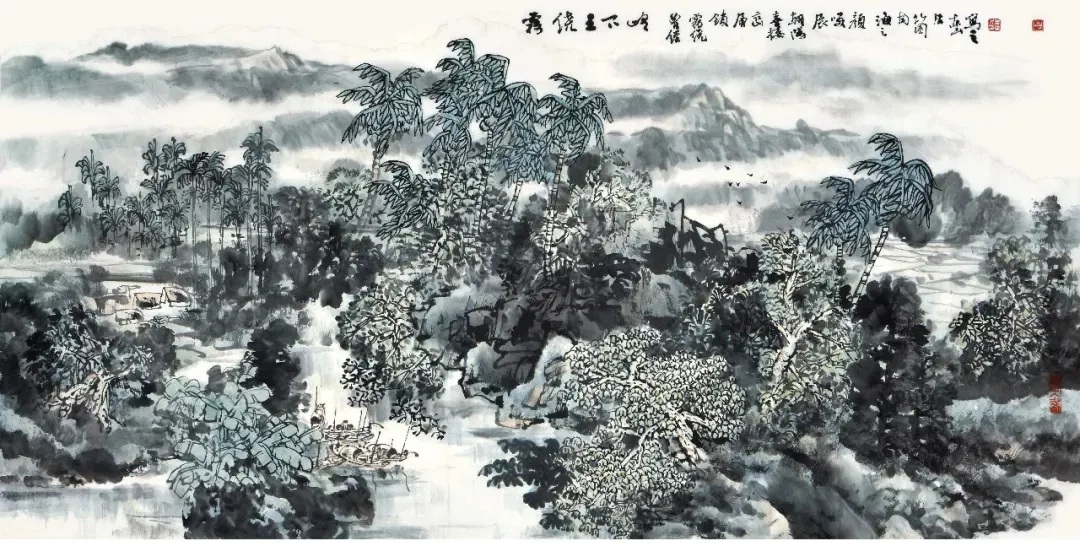
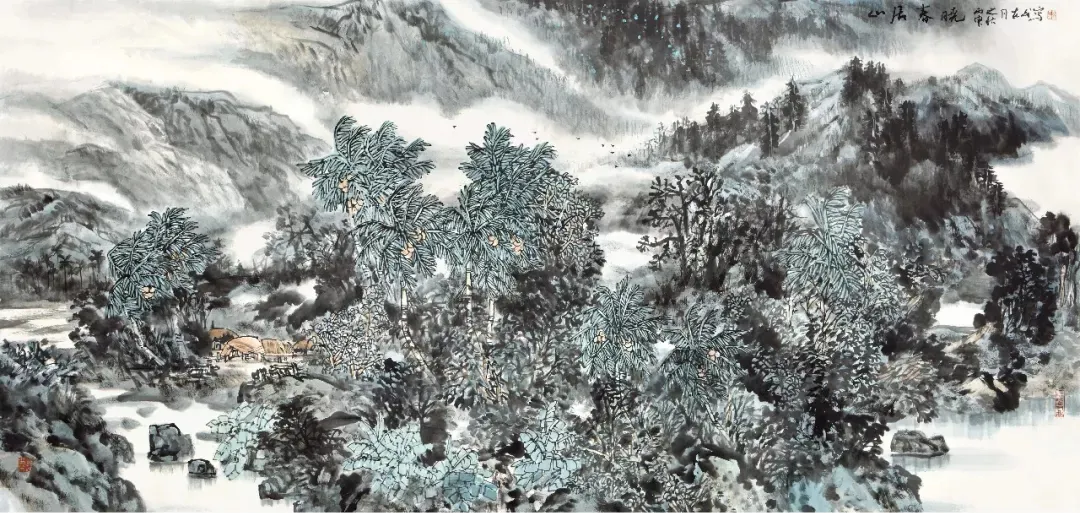
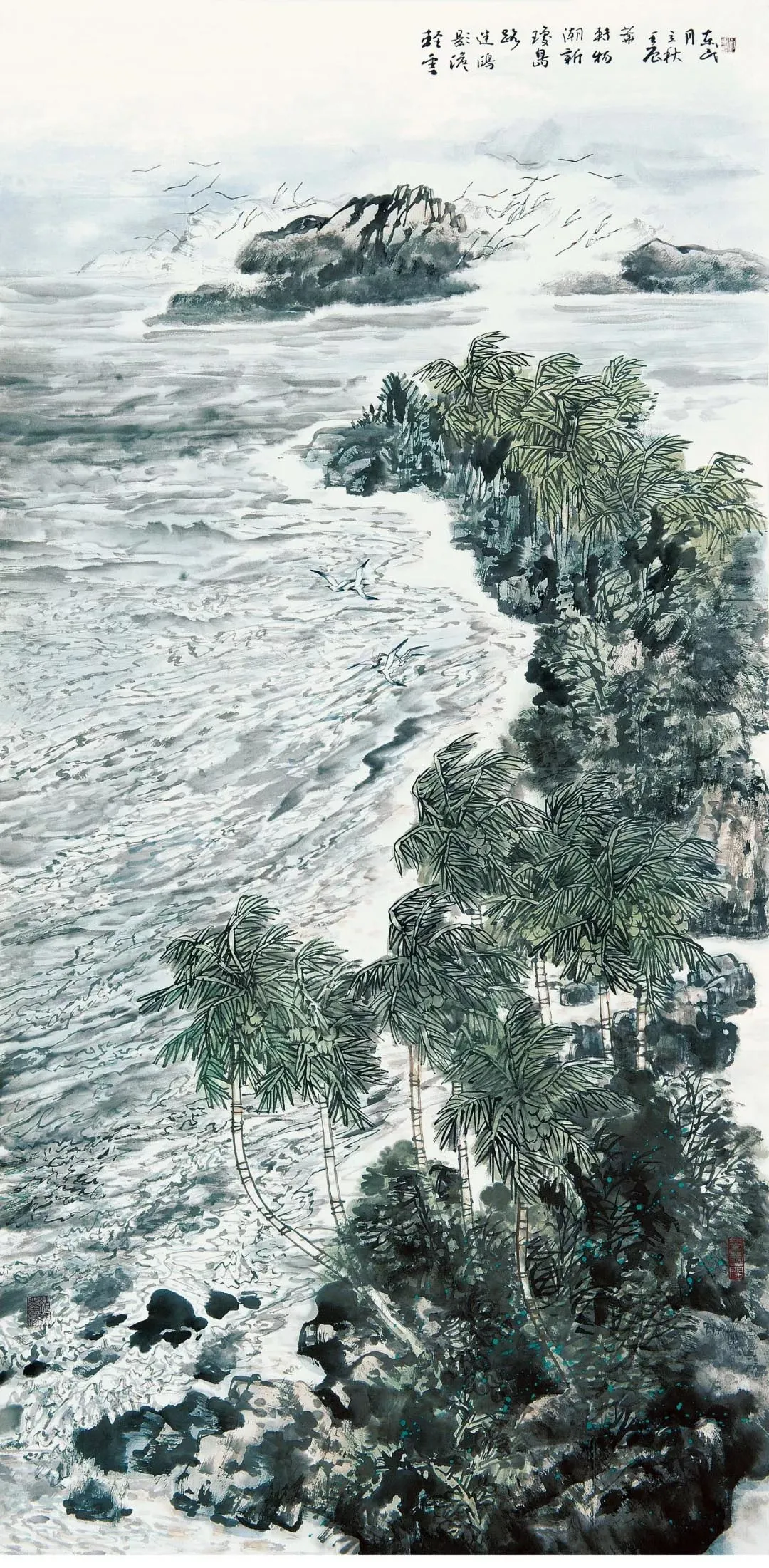
吴东民常以书道为载,心系千年文脉,感其气韵深远,承载之重。书道者,非仅技艺之呈,实乃记史传言之任,弘扬古风,续命文化。既须守成,又宜出新,令其在时世之中焕发异彩。东民虽功业已立,常自省修身,内涵德行,修其品性,求于艺中升华心志,方能使书道之源愈加深厚清澄。
值海南自贸港开创之际,东民领群贤,以翰墨书世,抒发时事之盛景。主持大展,笔意流动,纸上展海南之光,显国势之盛。东民深信,书道乃华夏文脉之承,古今相映,传世辉光,既承古风清韵,亦含时事之新彩,使华夏文明于今时再绽异彩,长辉不息。
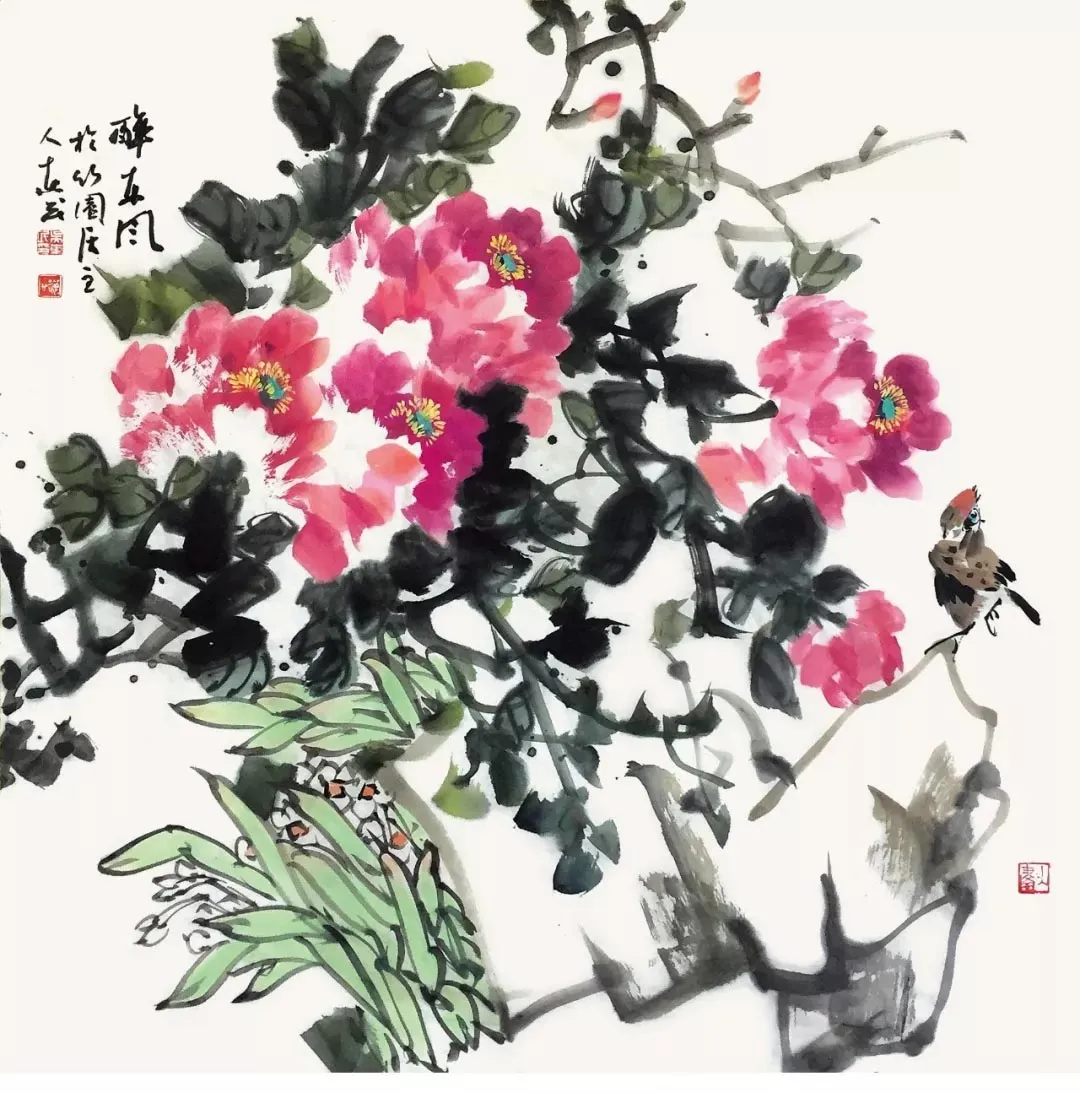
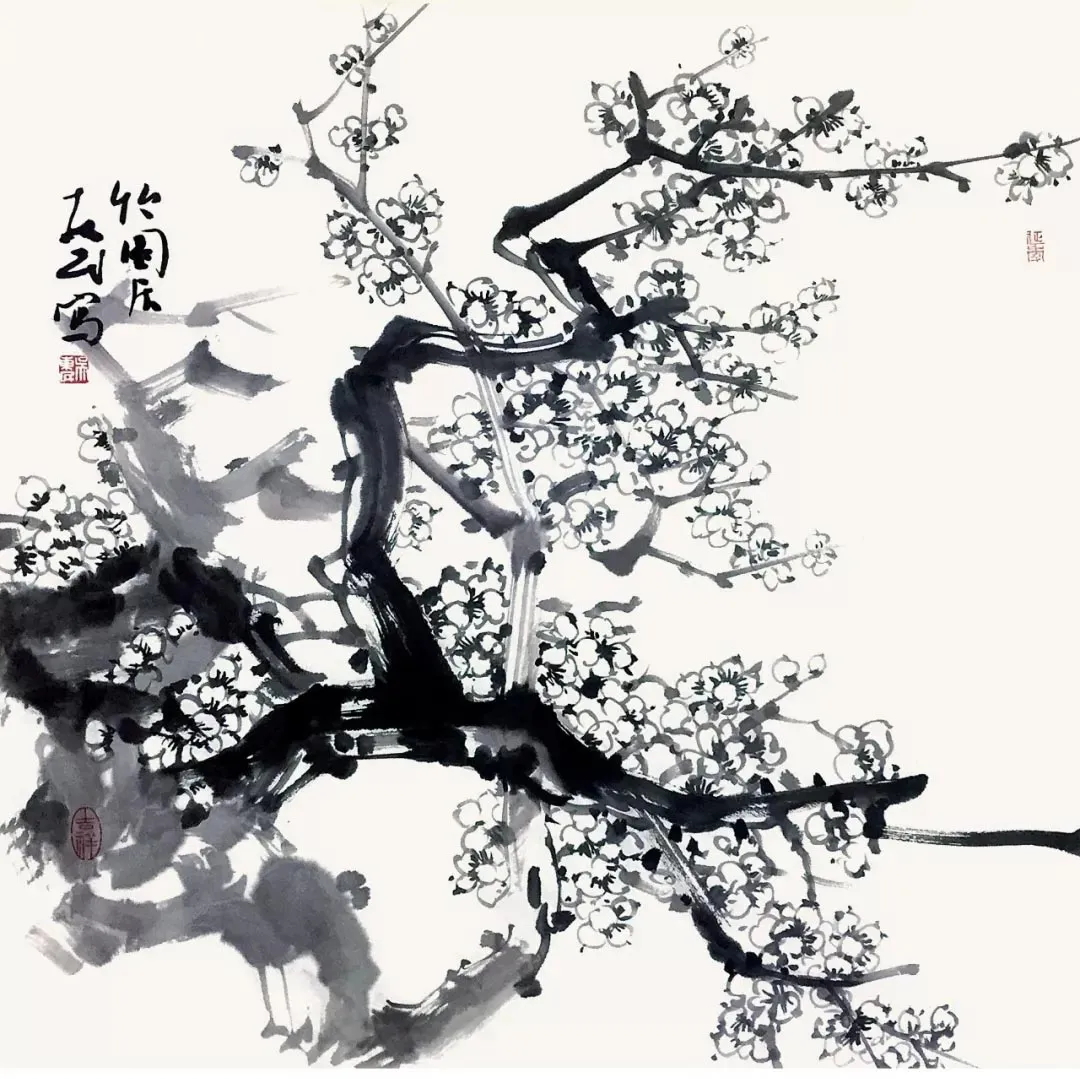
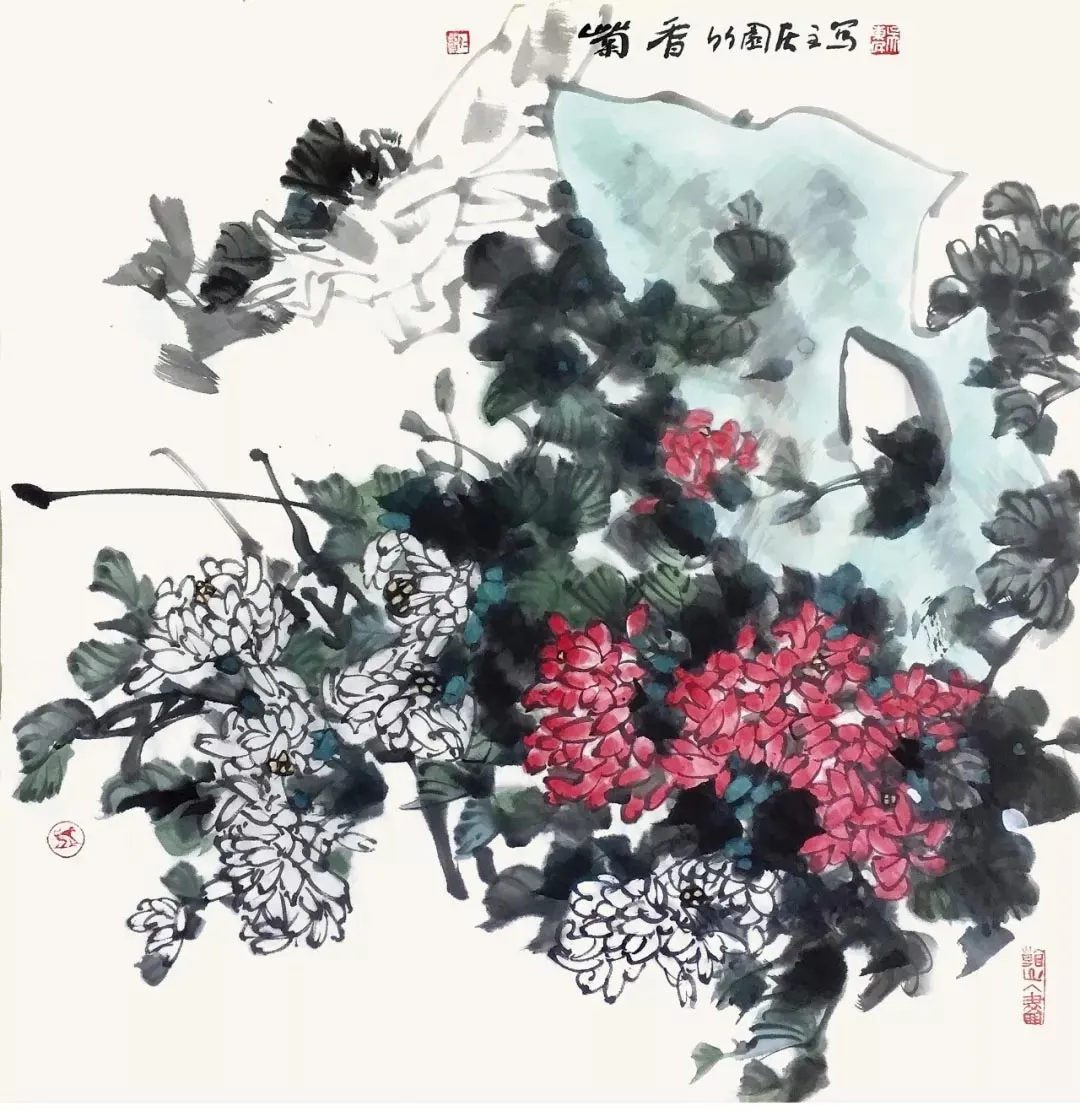

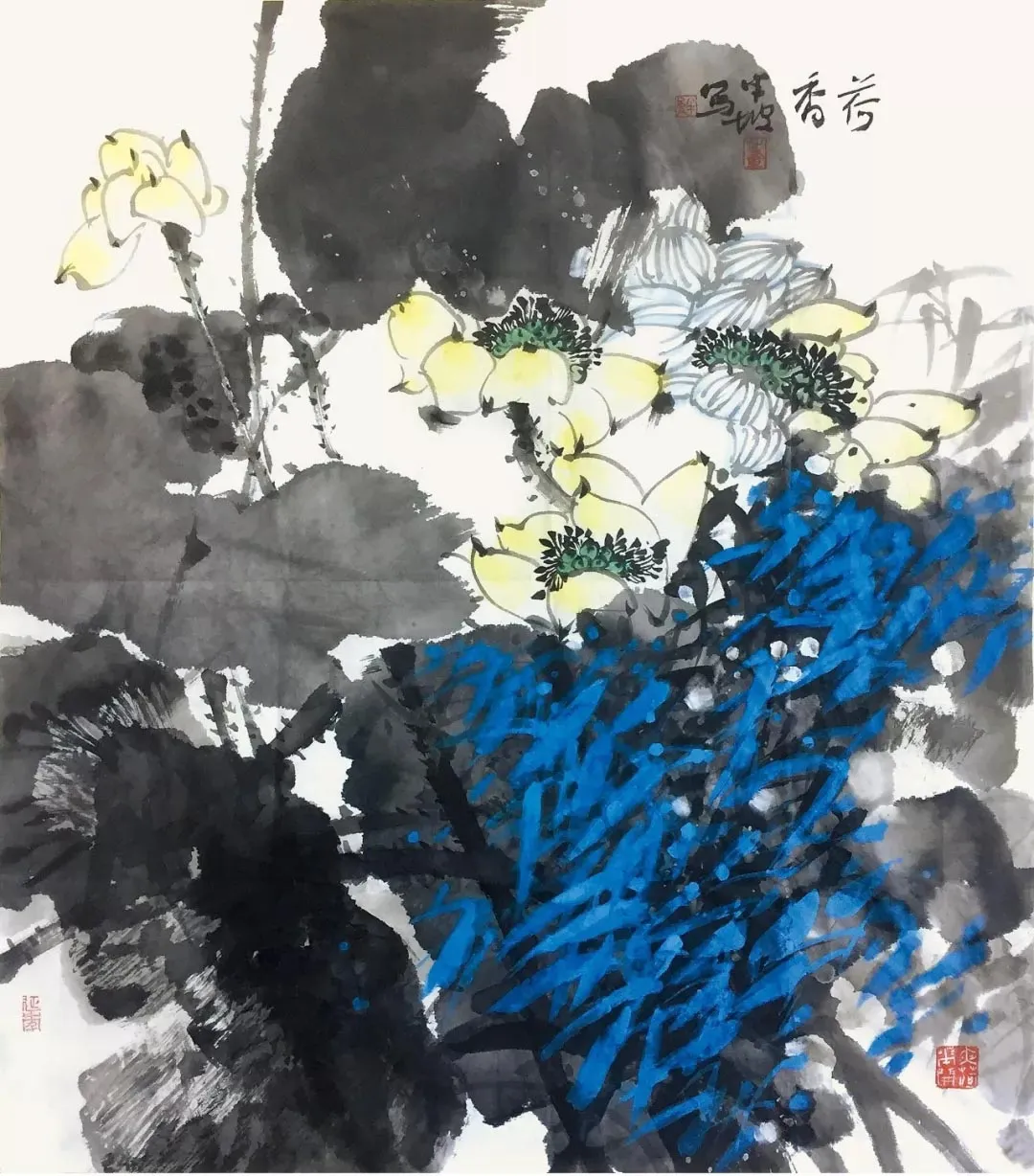
Wu Dongmin: Steady Yet Passionate, Silent Yet Full of Insight
Wu Dongmin, known as Banpo and styled Meijiao, was born in the seventh lunar month of Bing Shen year in Hainan. Proficient in the five styles of calligraphy—seal script, clerical, regular, running, and cursive—he has a profound foundation, with his strokes penetrating the paper. His regular script follows the Northern Stele tradition, especially drawing from "Zhang Menglong" and "Cuan Longyan," combined with the fresh air of Wei tomb epitaphs, resulting in a structure that is both stable and sharp, full of rhythm and spirit. His seal and clerical scripts take from the ancient Jinwen and Han stone tablets, adhering to strict formality while exuding grandeur. Yet, they are not mere replicas of the past, as he incorporates flowing and transforming strokes, blending ancient charm with a contemporary aura, creating a harmonious reflection of past and present.
Dongmin has a deep affinity for ancient arts, devoted to tradition without being confined by it. In his calligraphy, he seeks to bridge past and present, intertwining the pulse of contemporary times with cultural essence, aiming to create boundless grandeur. He often says that Chinese culture, like a great river, flows continuously, passing on its spiritual lineage. However, it must also innovate with the times to remain relevant. Art, born from life, should reignite the essence of tradition in the modern era. With a sense of mission, Dongmin constantly observes the changing times, responding to the era while staying grounded in the people. He tirelessly pursues artistic endeavors, striving for works that embody both depth and the rhythm of the age, transforming ink and brush into expressions of heart and spirit, where tradition and innovation find harmony.
Wu Dongmin has long journeyed in the sea of art, dedicating himself to calligraphy, blending ancient and modern, where subtle insights naturally emerge. What he pursues transcends the mere appearance of ink and strokes; it lies in calligraphy’s ability to subtly influence, silently nourishing the spirit and guiding thoughts. In this realm, he captures the essence of ancient methods while imbuing them with uprightness and clarity, using ink to convey his heart, continuing the flow of culture while awakening the source of the spirit, quietly influencing others, and uplifting the minds of scholars. Dongmin deeply understands the balance between inheritance and innovation. Calligraphy, at its core, values individual expression; a calligrapher must imprint his heart on the paper and infuse his character into the strokes. In his early years, he followed the "Two Wangs" and the traditions of Yan Zhenqing and Liu Gongquan, while also drawing inspiration from stele inscriptions. Though rooted in ancient techniques, his style is uniquely his own. His works are solemn and dignified, steeped in Confucian grace, embodying the majesty of ancient sages with outward elegance. In recent years, he has sought greater harmony with contemporary times, blending modern sensibilities without losing ancient spirit, his style ever more refined. Thus, he conveys ancient resonance in the present, while expressing the expansiveness and inclusiveness of modernity, creating a timeless flow of grandeur.
Wu Dongmin resonates deeply with the principle that "ink and brush should follow the times." Calligraphy is not merely a reflection of one’s emotions but should also mirror the spirit of the age. Over thousands of years, the art of calligraphy has flowed through dynasties, preserving the cultural lineage of China, not only recording history but also bridging the ancient and the modern. In today’s prosperous times, calligraphy should be more engaged with the world, capturing the vitality of the era in ink and reflecting its brilliance on paper. His strokes, filled with power, inspire thought, nurture the spirit, and enrich the essence of civilization. Dongmin’s works, mostly cursive, are bold and vigorous, filled with a scholar’s elegance and rooted in tradition without being constrained by it. His cursive script embodies both dynamic and static beauty, revealing grace and deep contemplation. The charm and meaning within his strokes arise from his firm conviction, allowing him to stand out among his peers and establish a unique style.
In teaching, Dongmin devotes himself with particular fervor, always mindful of nurturing the next generation. He generously imparts his knowledge, hoping that the legacy of calligraphy will continue. Calligraphy, in his view, can guide young minds through the paths of history, cultivate their appreciation of beauty, and deepen their understanding of truth. Thus, he established teaching platforms, fostering numerous talents, revitalizing the calligraphy scene in Hainan. Dongmin hopes his students will inherit the ancient methods, infuse their own insights, and stand tall in the present age, displaying their unique style and character.
A closer examination of Dongmin's recent works reveals a subtle Jin Dynasty influence, while also incorporating the spirit of modern times. The character forms are graceful, delicate yet elegant, their structure refined yet full of hidden delight. Within theical Jin style, one can perceive subtle shifts, with flexible and varied brushwork, seamlessly blending ancient charm with contemporary energy. It is as though, within these strokes, one glimpses his hand guiding the brush, his intent flowing freely, steady yet surging with passion, silent yet laden with insight. With each deliberate step, masterpieces take shape, full of grandeur.
Dongmin often views calligraphy as a vessel, connecting him to the thousand-year lineage of Chinese culture, deeply feeling its profound essence and the weight of its inheritance. Calligraphy, in his view, is not merely the display of technique but serves as a medium to record history and transmit culture, promoting ancient traditions while ensuring their vitality. While tradition must be preserved, innovation is equally essential, allowing it to shine anew in the present era. Though his achievements are substantial, Dongmin remains vigilant in self-cultivation, constantly refining his moral character, seeking to elevate his spirit through art, ensuring that the wellspring of calligraphy remains ever more profound and clear.
As the Hainan Free Trade Port embarks on its development, Dongmin leads a group of calligraphy masters, using their art to capture and express the grandeur of the times. He has organized major exhibitions, where the fluidity of his brushwork reflects the brilliance of Hainan and the strength of the nation. Dongmin firmly believes that calligraphy is a vital link in China’s cultural legacy, where the ancient and modern echo one another, radiating timeless brilliance. His work not only carries the elegance of tradition but also incorporates the vibrancy of contemporary times, ensuring that Chinese civilization continues to shine brightly in the present and for generations to come.
责任编辑:苗君